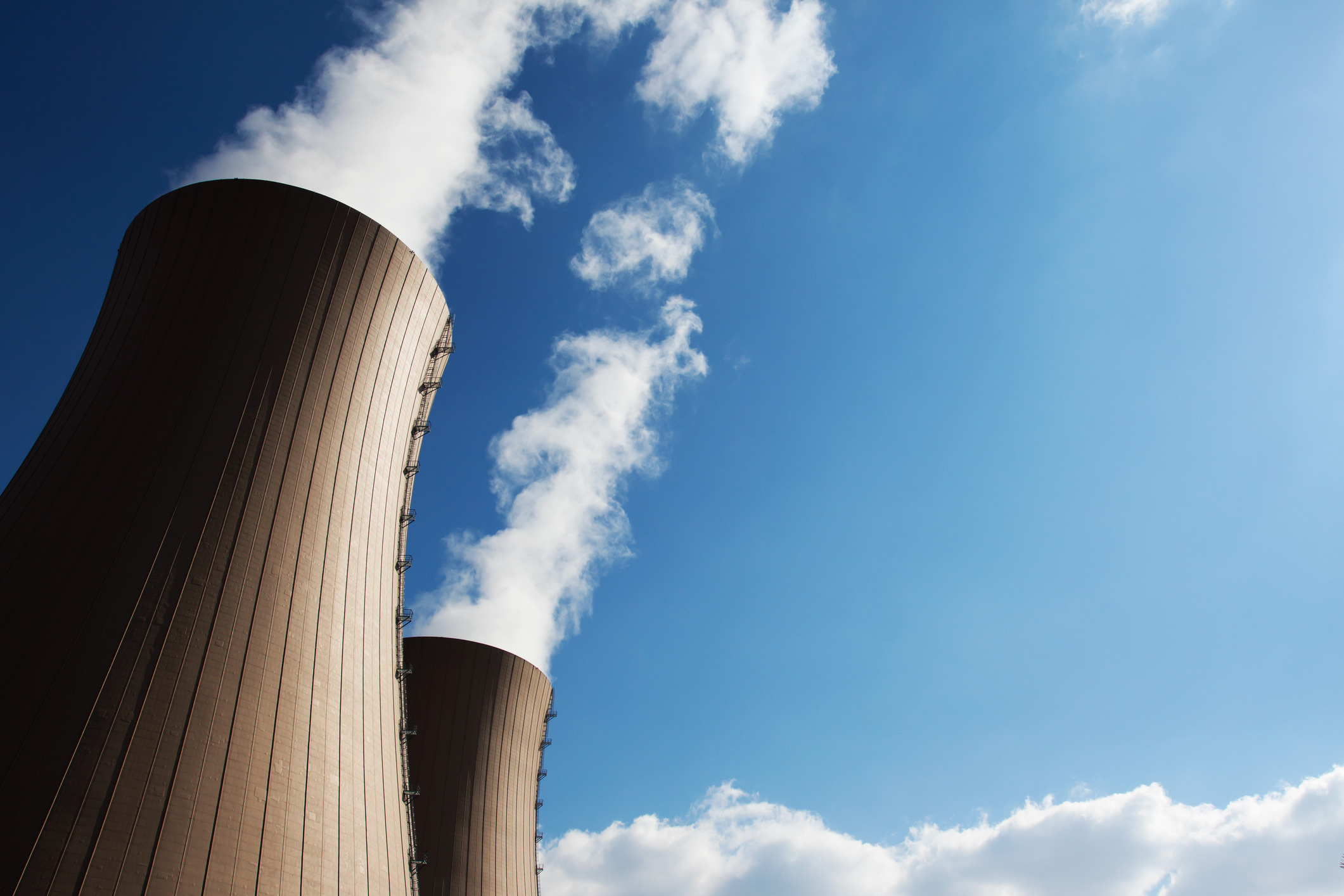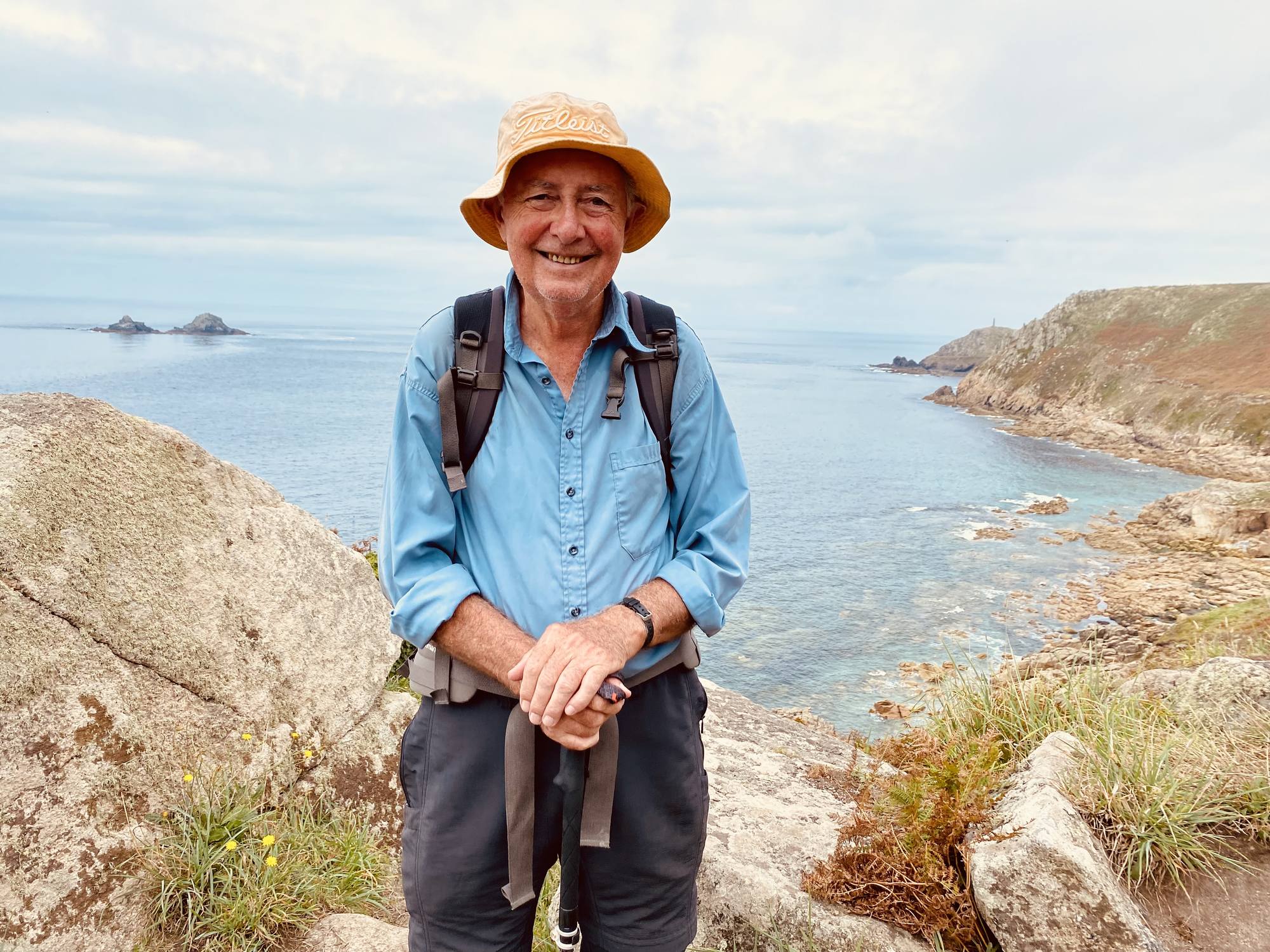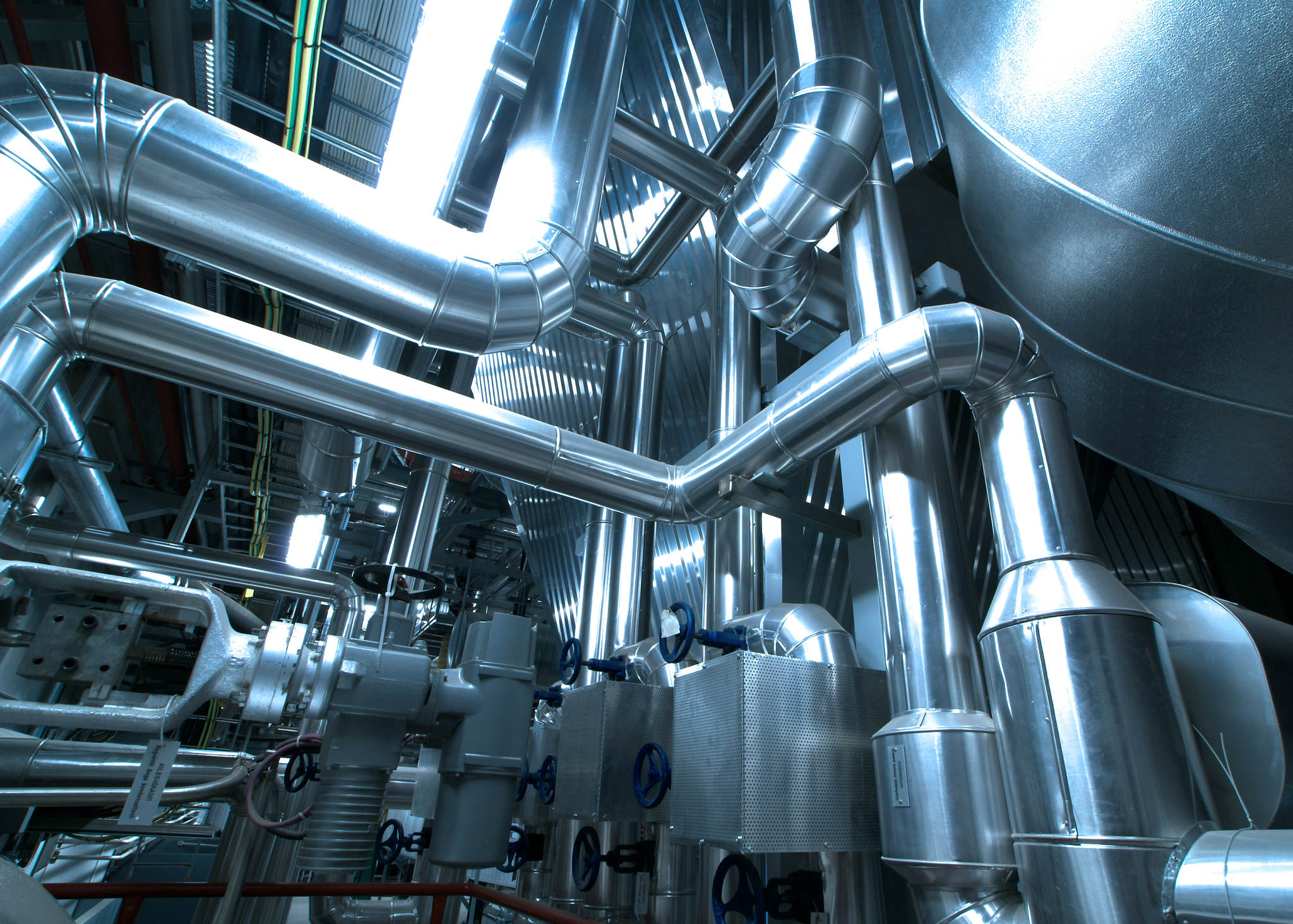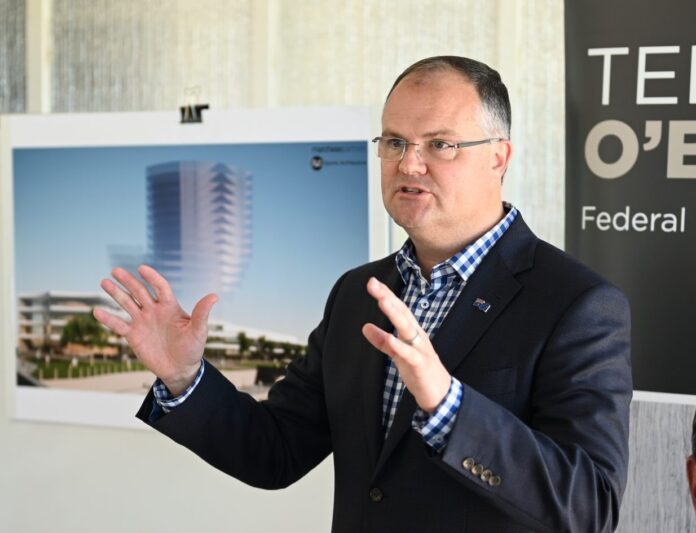A Sunshine Coast politician’s push for nuclear energy has been rebuked by a local leading academic and the federal government.
While Federal MP for Fairfax Ted O’Brien continues to spruik the benefits of nuclear power, Professor Emeritus Ian Lowe says there are multiple problems associated with it and there are better alternatives.
This is the first part of a Sunshine Coast News series on nuclear power and its future on the Sunshine Coast and in Australia.
Mr O’Brien, the Shadow Minister for Climate Change and Energy, believes nuclear energy has an important role to play in the country’s future.
“The Coalition is in the advanced stages of developing an all-of-the-above clean energy policy to restore affordability and reliability to Australia’s electricity grid while also reducing emissions,” he said.
“We have been transparent about our consideration of zero-emissions nuclear energy as part of a balanced mix of technologies for Australia’s future energy system, alongside renewables and abated gas.”
Mr O’Brien has previously said, via ABC Radio National, that he would welcome a nuclear facility in his electorate or any other electorate, “where it is proven to be technologically feasible, has a social licence and is going to get prices down”.
But he also told Sunshine Coast News that a nuclear facility would probably be better placed somewhere other than the Coast.
“If the Coalition were to embrace zero-emissions nuclear energy as part of a balanced mix of technologies, a coal-to-nuclear strategy would make sense and experts suggest host communities with the experience in hosting coal-fired power stations would be ideal candidates to host next-generation nuclear plants,” he said.

Mr O’Brien said something needed to be done to address power issues now and into the future.
“Australia is amidst an energy crisis that experts forecast will get worse,” he said.
“Australians are paying some of the most expensive electricity bills in the world.
“The only way to decarbonise, while keeping prices down and the lights on, is to adopt a balanced mix of technologies, including zero-emissions nuclear energy alongside renewables and abated gas.
Do you have an opinion to share? Submit a Letter to the Editor at Sunshine Coast News via news@sunshinecoastnews.com.au. You must include your name and suburb.
“The Coalition has adopted an all-of-the-above approach to our future energy mix in recognition that getting to net-zero is difficult and requires all technologies to be on the table for consideration.
“Labor’s all-eggs-in-one-basket renewables-only approach defies engineering and economics.
“Detailed modelling by Princeton University, the University of Melbourne and the University of Queensland suggests Labor’s net-zero plans could cost upwards of $6 trillion.
“There is another way, and a more affordable way, to decarbonise and that’s what the Coalition will present to the Australian people ahead of the next election.”

But Griffith University Emeritus Professor Ian Lowe says nuclear energy would be slow to build and costly, and he believes there are superior options.
“There is no rational case for introducing nuclear energy in Australia,” he said.
“The Switkowski report, UMPNER (Uranium Mining, Processing and Nuclear Energy Review), prepared for the Howard Government in 2006, said it would take at least 10 years and possibly 15 to build one nuclear power station in Australia.
“In 10 years, we could install enough solar and wind to power all our needs, whereas one large nuclear power station would meet about 10 per cent of our electricity demand.
“The UMPNER also said it would require considerable public subsidies to make nuclear power economically competitive.
Help keep independent and fair Sunshine Coast news coming by subscribing to our FREE daily news feed. All it requires is your name and email at the bottom of this article.
“Since then, the cost of power from solar farms and large wind turbines has come down dramatically.
“World average prices for the last year were 3.7 cents per kilowatt hour for solar electricity, 4.1c/kWh for wind power and 16c/kWh for nuclear power.
“Even allowing for enough storage to make solar and wind what the industry calls ‘firm capacity’, they are still less than half the price of nuclear power.
“In the northern hemisphere, long-standing nuclear and coal-fired power stations are being closed because the running costs and maintenance mean they can’t compete with renewables.
“As a result, there are very few projects anywhere except China.
“The only three nuclear power stations being built in Europe – one in each of France, Finland and the UK – are all years behind schedule and billions over budget.”

A spokesperson for Federal Minister for Climate Change and Energy Chris Bowen also said there were better options than nuclear power.
“Independent energy market bodies like AEMO (Australian Energy Market Operator) have repeatedly said that the pathway to cleaner, cheaper, reliable energy is with renewables, supported by storage and transmission,” the spokesperson said.
“Nuclear is extremely slow to build, the most expensive form of new electricity generation and cannot firm renewables.”
The spokesperson also commented on Mr O’Brien’s apparent willingness to accommodate a nuclear facility in Fairfax.
“Ted O’Brien should explain which particular beach on the Sunshine Coast he intends to plop a nuclear reactor,” they said.
The AEMO Draft Integrated System Plan for the national electricity market stated that “Australia’s ageing coal-fired power stations are closing down”.
“Renewable energy connected by transmission, firmed with storage and backed up by gas is the lowest-cost way to supply electricity to homes and businesses through Australia’s energy transition,” they said.
Read more about Mr O’Brien’s vision for nuclear power in part two of the series on Sunshine Coast News in coming days.





